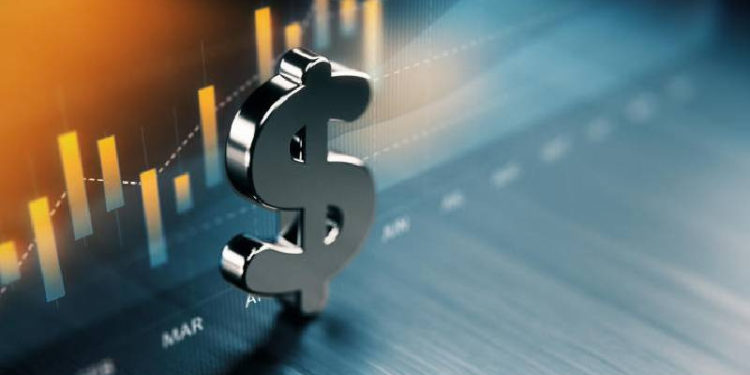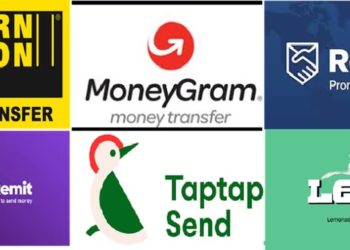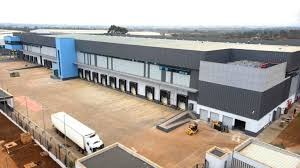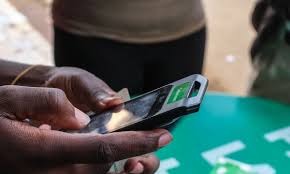Retail buyers of US dollars are paying up to Ksh140 per unit in banking halls due to increased demand, despite efforts to improve access to foreign currencies through the interbank foreign exchange market. Banks had previously been unwilling to sell to each other, leading to difficulty in fulfilling orders from smaller players.
Some large banks are now selling the dollar at between Ksh137 and Ksh140 per unit, while buying at between Ksh127 and Ksh133. This is driving up prices due to fresh demand and the cost of accessing the hard currency. Despite efforts to ease the dollar shortage, buyers are bidding higher for the currency, causing the margin between the Central Bank of Kenya’s printed rate and the market rate to widen.
Kenya is relying on an oil import deal to cut demand for dollars and ease the shortage.
President William Ruto expects the local unit to strengthen to below Ksh120 per dollar in the coming months, following the deal to buy oil on credit from the United Arab Emirates.
However, fuel marketers are still struggling to secure sufficient US dollars to pay for fuel, leading to shortages in some petrol stations.
The Central Bank of Kenya has dismissed the possibility of a parallel exchange rate developing, stating that the market has enough dollars to meet demand. Foreign external reserves currently stand at USD6.4 billion, enough to cover 3.6 months of imports.
The governor of the Central Bank of Kenya, Dr Patrick Njoroge, has stated that the country is seeking a new loan from the IMF’s Resilience and Sustainability Trust to ensure sustainable growth, but did not disclose the potential size of the loan. Investors are hoarding dollars for speculation purposes, as forecasts suggest that the shilling will remain weak against the US currency.


















